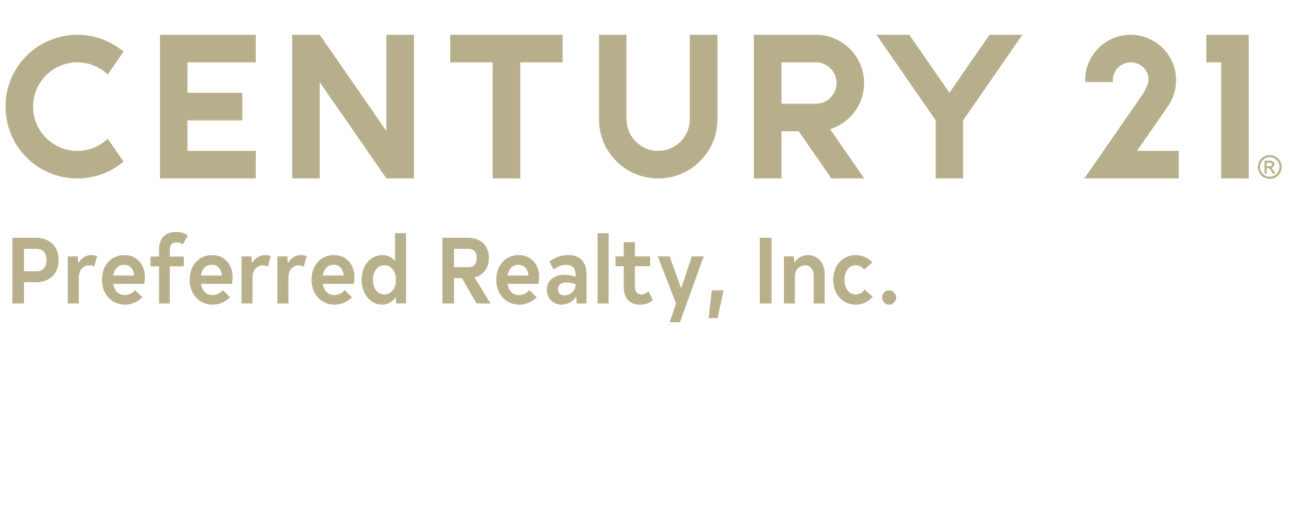A 203(k) loan is a type of mortgage loan offered by the Federal Housing Administration (FHA) that allows borrowers to finance both the purchase of a home and the cost of necessary repairs, renovations, or improvements into a single mortgage. This can be particularly useful for individuals looking to buy a fixer-upper or a property in need of significant repairs.
Here are the key features of 203(k) loans:
1. Combines Purchase and Renovation Financing: The primary advantage of a 203(k) loan is that it combines the financing for the home purchase and the renovation costs into a single loan. This can be more convenient than obtaining a separate mortgage and a home improvement loan.
2. Two Types of 203(k) Loans:
Standard 203(k): This loan is for more extensive projects, such as structural repairs, major renovations, or projects with costs exceeding $35,000. It involves a more complex application process.
Limited 203(k): Also known as the “Streamlined” 203(k), this is designed for less extensive renovations with a cap on the repair costs, currently set at $35,000.
3. Eligible Properties: 203(k) loans can be used for one-to-four unit dwellings, including single-family homes, condominiums, and townhouses. However, the property must be at least one year old and meet certain livability and safety standards.
4. Qualification Requirements: Borrowers must meet FHA loan qualifications, including a minimum credit score and a down payment. The down payment requirement is typically lower than for conventional loans.
5. Renovation Scope: Eligible renovations can include structural alterations, modernization, elimination of health and safety hazards, energy efficiency improvements, and more. The renovations must be completed by a licensed contractor, and there are guidelines regarding the types of repairs allowed.
6. Loan Limits: The total loan amount is subject to FHA loan limits, which vary by location. The loan amount includes both the purchase price and the estimated cost of renovations.
7. Disbursement of Funds: The funds for renovations are held in an escrow account and disbursed as the work progresses. This helps ensure that the funds are used for the intended improvements.
8. Loan Term and Interest Rates: 203(k) loans typically have fixed interest rates and terms similar to traditional FHA loans.
It’s important for potential borrowers to work with lenders experienced in 203(k) loans, as the process can be more complex than a standard mortgage. Additionally, thorough planning and coordination with contractors are crucial to ensure that the renovations meet FHA guidelines and are completed within the specified timeframe.


 Facebook
Facebook
 X
X
 Pinterest
Pinterest
 Copy Link
Copy Link

